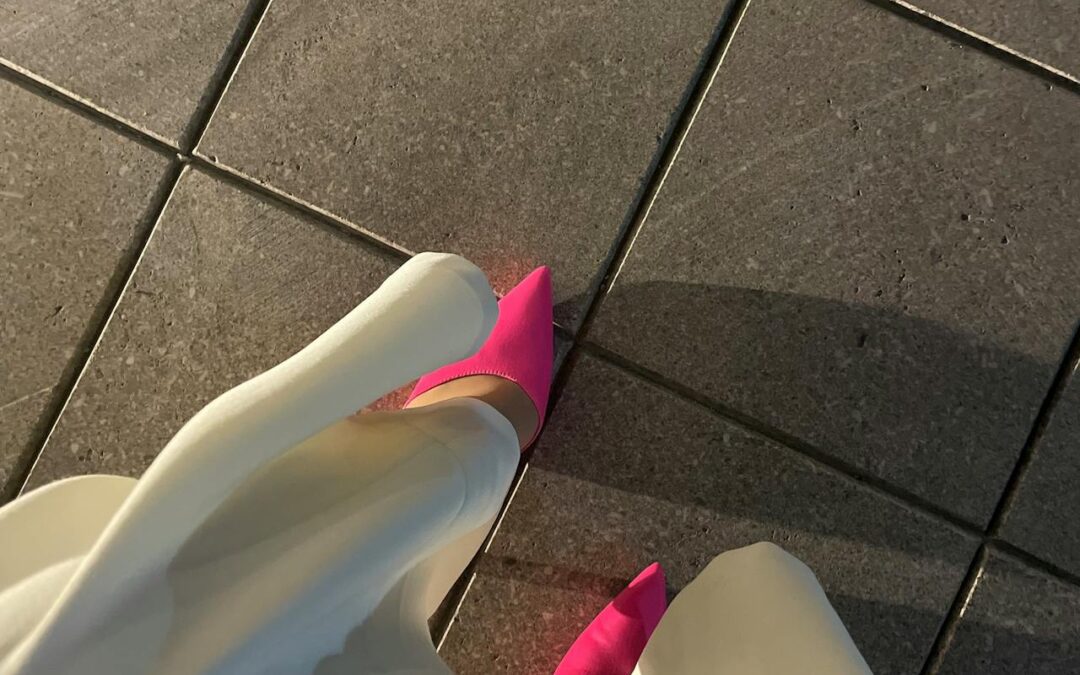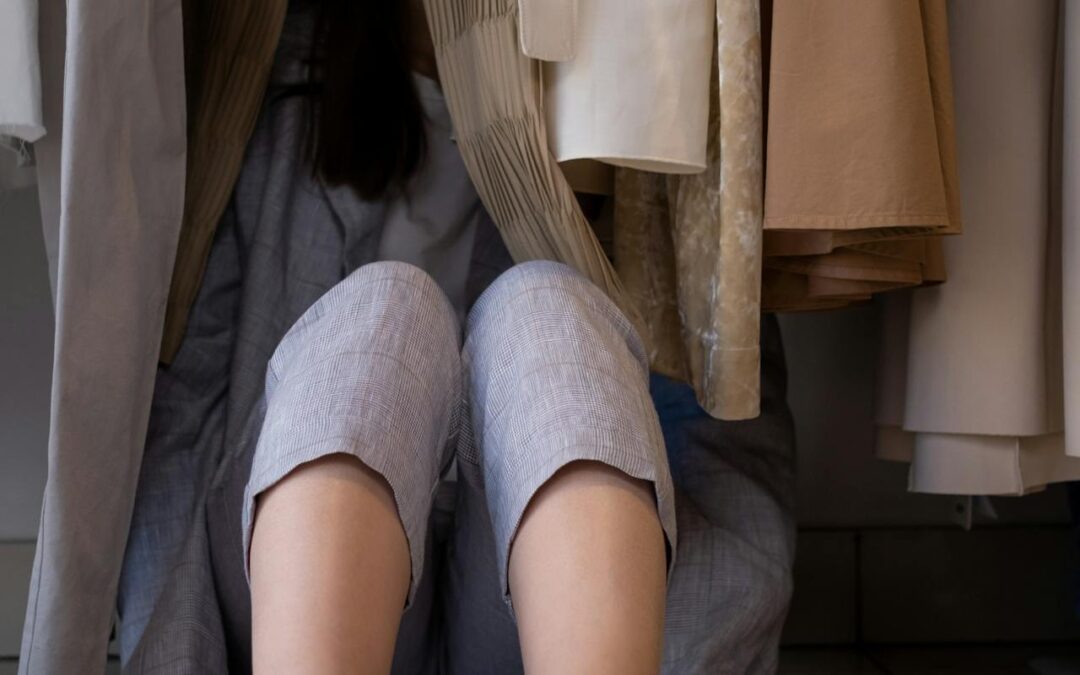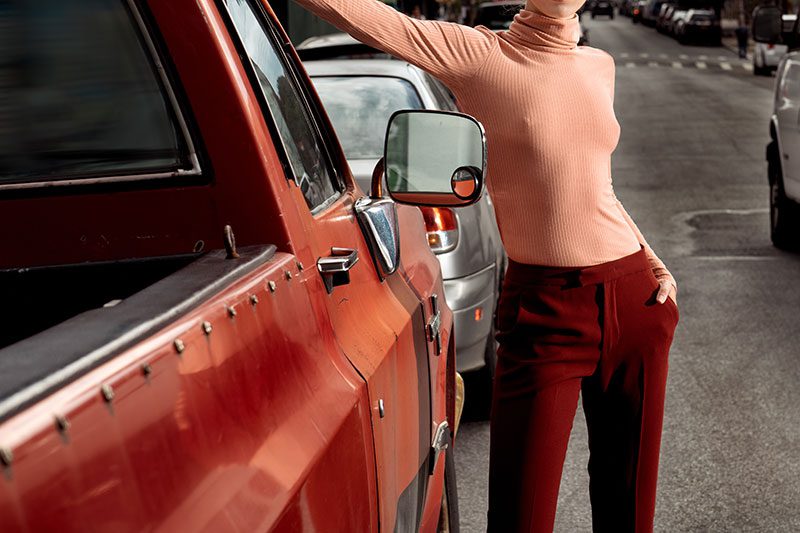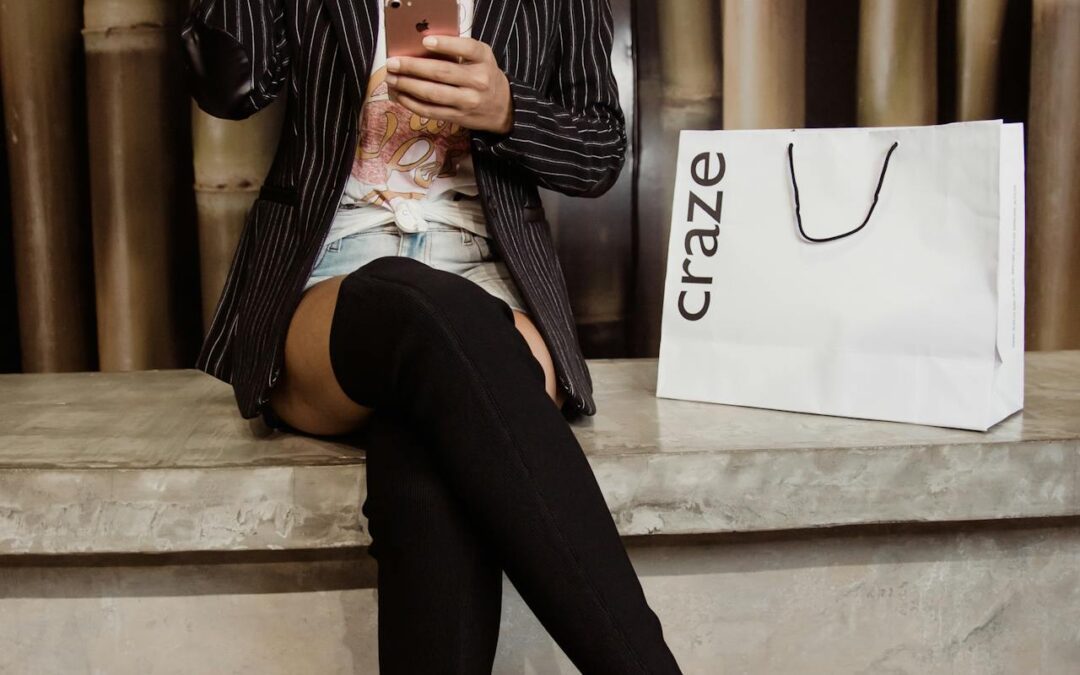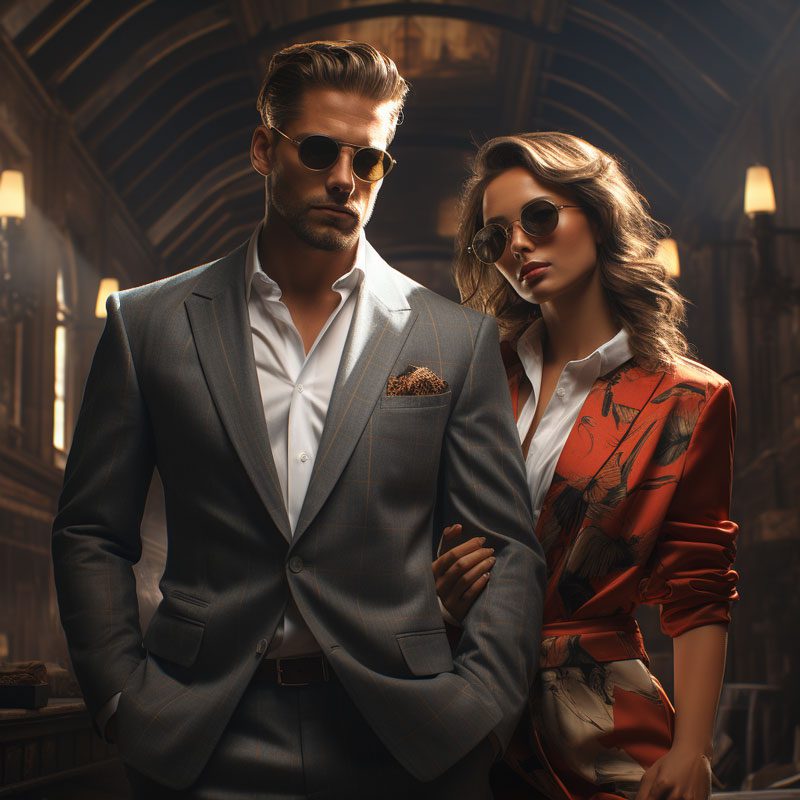Dress codes have undergone significant transformations over time, reflecting shifts in societal norms, cultural influences, and workplace dynamics. From the strict formality of previous decades to the more relaxed and diverse interpretations of today, the evolution of dress codes mirrors broader changes in fashion, identity expression, and professional culture. In this article, we explore the journey of dress codes, from their origins to their contemporary manifestations.
Table of Contents
Frequently Asked Questions about Dress Codes
1. What are the origins of dress codes?
Dress codes trace back to ancient civilizations, where attire often symbolized social status, occupation, or religious affiliation. In ancient Egypt, for example, clothing styles and materials signified wealth and rank, while in ancient Greece and Rome, dress codes differentiated citizens from slaves and denoted membership in specific classes or professions. Throughout history, dress codes have served as markers of identity, authority, and cultural values.

2. How have dress codes evolved in the workplace?
The workplace dress code has evolved from formal and rigid standards to embrace more flexibility and individual expression. In the mid-20th century, suits and ties were ubiquitous in corporate environments, reflecting a hierarchical structure and emphasis on professionalism. However, with the rise of technology, startups, and creative industries, casual attire and “business casual” norms gained popularity, prioritizing comfort and creativity while still maintaining a level of professionalism.
3. What factors influence dress code trends?
Several factors contribute to the evolution of dress codes, including cultural shifts, technological advancements, and generational preferences. Globalization has led to the exchange of fashion trends across borders, while the internet and social media have democratized style, allowing individuals to express themselves and discover new influences. Additionally, movements advocating for diversity, inclusion, and gender equality have challenged traditional dress codes and promoted more inclusive standards.
4. How do dress codes impact individual expression?
Dress codes can both enable and restrict individual expression, depending on their flexibility and enforcement. While some dress codes allow for personal style within certain parameters, others impose strict guidelines that limit creativity and self-expression. However, even within standardized dress codes, individuals find ways to imbue their attire with personality and identity, whether through accessories, grooming choices, or subtle modifications.

5. Are dress codes still relevant in today’s society?
Despite ongoing debates about their necessity and fairness, dress codes remain relevant in various contexts, including schools, workplaces, and social events. While some argue that dress codes uphold professionalism and decorum, others view them as arbitrary and discriminatory, especially when enforced unequally or based on outdated standards. As society continues to evolve, so too will discussions surrounding the purpose and impact of dress codes.
6. How do dress codes vary across cultures?
Dress codes vary significantly across cultures, reflecting unique customs, values, and traditions. In some cultures, modesty and conformity are prioritized, leading to conservative dress codes that emphasize covering the body. In contrast, other cultures embrace vibrant colors, intricate patterns, and ornate accessories as expressions of identity and celebration. Understanding cultural dress codes is essential for respectful engagement and cross-cultural communication.
7. What role do dress codes play in shaping first impressions?
Dress codes play a significant role in shaping first impressions, influencing perceptions of professionalism, competence, and credibility. Research suggests that individuals form judgments about others based on their attire within seconds of meeting them, highlighting the importance of dressing appropriately for different contexts. Whether consciously or unconsciously, clothing sends signals about one’s personality, social status, and level of respect for the situation.

8. How can individuals navigate dress codes while maintaining authenticity?
Navigating dress codes while staying true to oneself requires a balance between conformity and individuality. While it’s essential to adhere to dress code guidelines in professional settings, finding ways to incorporate personal style can enhance confidence and authenticity. Experimenting with different silhouettes, colors, and accessories within the framework of the dress code allows individuals to express their unique identity while still respecting the expectations of the environment.
9. What impact do dress codes have on employee morale and productivity?
The impact of dress codes on employee morale and productivity depends on various factors, including the nature of the dress code, organizational culture, and individual preferences. While overly strict or arbitrary dress codes may lead to resentment and disengagement, flexible dress policies that empower employees to dress comfortably and expressively can boost morale and foster a positive work environment. Ultimately, the key is to find a balance that promotes professionalism without stifling individuality.
10. How do dress codes reflect societal attitudes towards gender and identity?
Dress codes often reflect and reinforce societal attitudes towards gender and identity, imposing different standards and expectations based on gender norms. Historically, dress codes have perpetuated gender stereotypes and limited options for self-expression, particularly for non-binary and transgender individuals. However, as awareness and acceptance of diverse gender identities grow, there is increasing advocacy for inclusive dress codes that accommodate all gender expressions and identities.
Elevate Your Style Journey with StaedterStyle
At StaedterStyle, we combine the Art of Styling with a well-organized and easy-to-follow step-by-step process. We strive for excellence and precision in our mission to help our clientele simplify and streamline fashion while accomplishing personal goals. Our range of styling packages, including Closet Detox, Wardrobe Assessment, Strategic Wardrobe and Budget Planning, Personal Style Boards, Shopping Done by Us, and Styling and Fitting Sessions, ensures a personalized and transformative experience. All our reviews are FIVE stars, reflecting our commitment to delivering unparalleled service. We take pride in working with each client, aiming to help you get the most out of the package that suits you best.
Embark on a journey of style transformation with StaedterStyle — where excellence meets personalization. Book your personal stylist package now and experience the StaedterStyle difference!




